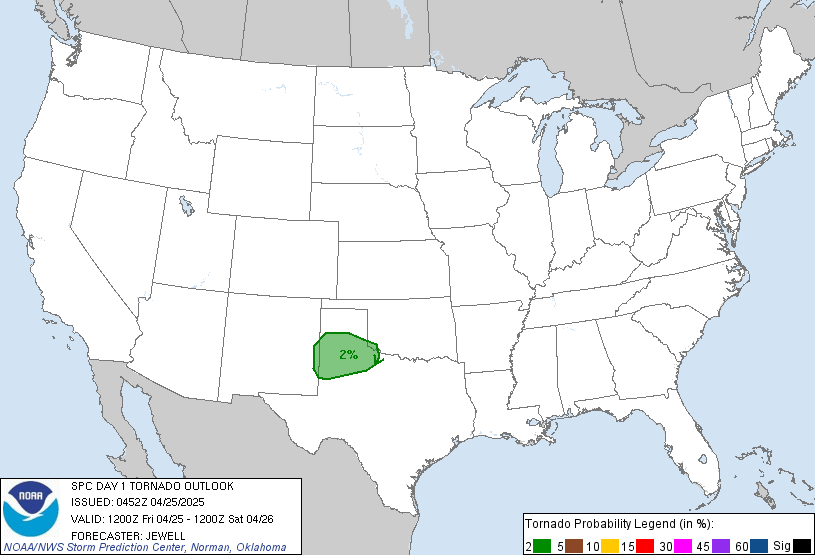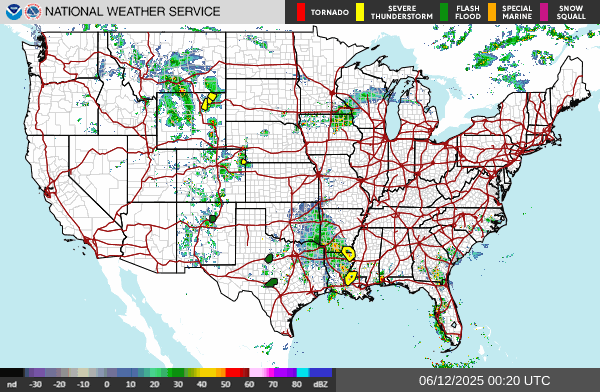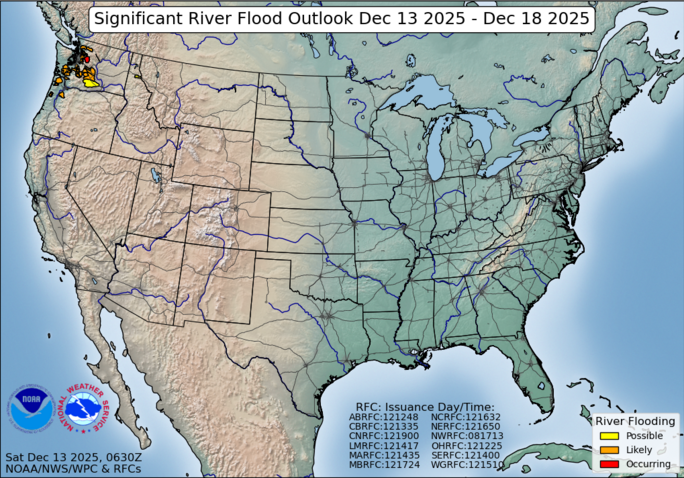SEVERE WEATHER – Tornado Watches, Warnings & Advisories
|
If you are under a TORNADO WARNING, seek shelter immediately! |
|||
| |
|||
|
|||
TORNADO WARNING:
Issued when a tornado has actually been sighted or is indicated by radar
TORNADO WATCH:
Issued to alert people to the possibility of tornado development in your area.

Be alert to changing weather conditions.
- Listen to NOAA Weather Radio or to commercial radio or television newscasts for the latest information.
- Look for approaching storms.
-
Look for the following danger signs:
- Dark, often greenish sky
- Large hail
- A large, dark, low-lying cloud (particularly if rotating)
- Loud roar, similar to a freight train.
During a Tornado
If you are under a tornado WARNING, seek shelter immediately!
| If you are in: | Then: |
|---|---|
| A structure (e.g. residence, small building, school, nursing home, hospital, factory, shopping center, high-rise building) | Go to a pre-designated shelter area such as a safe room, basement, storm cellar, or the lowest building level. If there is no basement, go to the center of an interior room on the lowest level (closet, interior hallway) away from corners, windows, doors, and outside walls. Put as many walls as possible between you and the outside. Get under a sturdy table and use your arms to protect your head and neck. Do not open windows. |
| A vehicle, trailer, or mobile home | Get out immediately and go to the lowest floor of a sturdy, nearby building or a storm shelter. Mobile homes, even if tied down, offer little protection from tornadoes. |
| The outside with no shelter | Lie flat in a nearby ditch or depression and cover your head with your hands. Be aware of the potential for flooding.
Do not get under an overpass or bridge. You are safer in a low, flat location. Never try to outrun a tornado in urban or congested areas in a car or truck. Instead, leave the vehicle immediately for safe shelter. Watch out for flying debris. Flying debris from tornadoes causes most fatalities and injuries. |
Tornado Scale |
|||
|---|---|---|---|
| WINDS | CHARACTER OF DAMAGE | RELATIVE FREQUENCY | |
| F0 (weak) | 40-72 mph | LIGHT DAMAGE: Some damage to chimneys, TV antennas, roof shingles displaced. Small branches broken on trees. | 29% |
| F1 (weak) | 73-112 mph | MODERATE DAMAGE: Roof decking removed, carports overturned, some trees uprooted, automobiles overturned. Unanchored homes sliding. | 40% |
| F2 (strong) | 113-157 mph | CONSIDERABLE DAMAGE: Roofs blown off homes leaving strong walls standing. Sheds and other outbuildings demolished, unanchored mobile homes overturned, block structure walls collapsed, roofs peeled back. Small wood missiles observed. | 24% |
| F3 (strong) | 158-206 mph | SEVERE DAMAGE: Exterior walls and roofs blown off homes. Metal buildings collapsed or are severely damaged. Forests are flattened. Most block structures collapsed. | 6% |
| F4 (violent) | 207-260 mph | DEVASTATING DAMAGE: Few walls, if any, standing in well-built homes. Pile of debris on foundation, large steel and concrete missiles thrown far distances. | 2% |
| F5 (violent) | 261-318 mph
|
(RARE) INCREDIBLE DAMAGE: Homes on slabs levelled with debris removed. Schools, motels and other marginally engineered buildings have considerable damage with exterior walls and roofs gone. Top stories demolished. | less than 1%
|
The accuracy or reliability of the weather forecasts not guaranteed and the providers disclaim liability of any kind, including, without limitation, liability for quality, performance and fitness for a particular purpose arising out of the use, or inability to use the forecast.. The tropical cyclone forecasts presented at this site are intended to convey only general information on current storms and must not be used to make life or death decisions or decisions relating to the protection of property: the data may not be accurate. If you are in the path of a storm you should be listening to official information sources.



